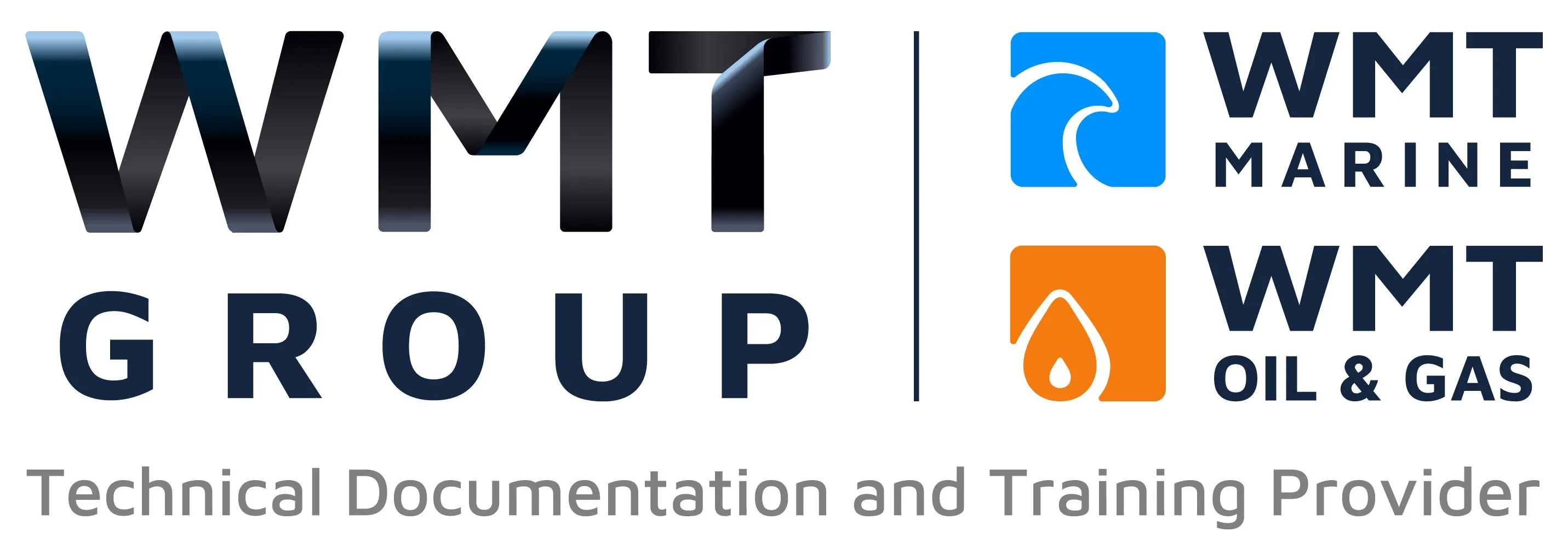How to Write Operation Manuals for Offshore Oil Platforms

Operation manuals for offshore oil platforms are essential for ensuring safety, efficiency, and regulatory compliance in high-risk environments. These manuals provide clear guidelines for platform personnel, covering everything from daily operations and maintenance to emergency procedures.
In this guide, we’ll walk you through the best practices for writing offshore operation manuals, ensuring they are clear, accurate, and compliant with industry standards.
Why Offshore Oil Platforms Need Operation Manuals
Offshore platforms operate in complex and hazardous environments, making well-structured manuals essential for:
✅ Ensuring Safety – Reducing risks by providing clear step-by-step procedures.
✅ Regulatory Compliance – Meeting HSE, API, IMO, and ISO standards to avoid fines.
✅ Efficient Operations – Streamlining workflows and reducing downtime.
✅ Training and Onboarding – Helping new crew members learn platform operations.
✅ Emergency Preparedness – Providing quick-access guides for handling critical incidents.
With strict offshore regulations, poorly written or outdated manuals can lead to accidents, legal issues, and operational failures.
Steps to Write Effective Offshore Operation Manuals
1. Define the Purpose and Scope
Before writing, determine:
✔ Who will use the manual? (Operators, engineers, maintenance crews, safety officers)
✔ What systems and procedures need coverage? (Drilling, production, maintenance, emergency response)
✔ Which regulations must be followed? (HSE, API RP 75, ISO 14224, IMO)
A well-defined scope ensures the manual is relevant and practical.
2. Structure the Manual for Easy Navigation
A well-organised operation manual improves usability. Use this standard structure:
🔹 Introduction – Purpose, scope, and compliance requirements.
🔹 Table of Contents – Clear section headings for quick reference.
🔹 Roles & Responsibilities – Define crew duties and accountability.
🔹 Operational Procedures – Step-by-step instructions for drilling, production, safety checks, and shutdowns.
🔹 Maintenance & Troubleshooting – Equipment servicing schedules and common fault solutions.
🔹 Emergency Response – Fire, oil spills, medical emergencies, evacuation plans.
🔹 Health & Safety Guidelines – PPE usage, hazard identification, safety drills.
🔹 Appendices & Glossary – Technical terms, diagrams, and reference materials.
This structure ensures quick access to critical information, especially in high-pressure situations.
3. Use Clear, Concise Language
Offshore operation manuals must be:
✅ Straightforward – Avoid complex jargon; use simple, direct instructions.
✅ Actionable – Use clear steps (e.g., Step 1: Shut down the main valve).
✅ Consistent – Standardise terminology across all sections.
✅ Objective – Remove ambiguity; be precise with measurements and instructions.
Example of poor writing:
"Ensure the pump is operating correctly before starting production."
Example of clear writing:
"Check the pump pressure gauge reads between 200-250 psi before starting production."
4. Include Visual Aids for Clarity
📌 Diagrams & Schematics – Labelled illustrations of platform systems.
📌 Flowcharts – Step-by-step emergency response and troubleshooting guides.
📌 Tables & Checklists – Daily inspection logs and maintenance schedules.
📌 QR Codes & Hyperlinks – Direct access to digital manuals and video tutorials.
Visual aids improve comprehension and help personnel locate critical information quickly.
5. Ensure Regulatory Compliance
Offshore platforms must adhere to:
🔹 HSE Guidelines – UK Health & Safety Executive offshore safety rules.
🔹 API RP 75 – Recommended safety and environmental management practices.
🔹 IMO & SOLAS Standards – Maritime safety and pollution prevention regulations.
🔹 ISO 14224 – Guidelines for offshore equipment maintenance.
Regularly update manuals to reflect new regulations and industry best practices.
6. Digitise and Update Manuals Regularly
Modern offshore platforms use digital documentation systems for:
📌 Cloud-Based Storage – Accessible anytime, reducing the need for printed manuals.
📌 Interactive PDFs – Embedded links and navigation for quick reference.
📌 Automated Updates – Ensuring compliance with the latest industry standards.
Regular reviews and revisions ensure accuracy and effectiveness.
Final Thoughts
Writing an operation manual for an offshore oil platform requires technical expertise, regulatory knowledge, and a clear structure. A well-written manual:
✔ Improves safety and efficiency.
✔ Ensures compliance with offshore regulations.
✔ Helps crews navigate complex procedures quickly.
✔ Reduces errors, downtime, and safety risks.
If you need professionally written operation manuals tailored to offshore platforms, WMT Marine LTD provides technical documentation services to keep your operations safe, compliant, and efficient.
📞 Contact us today for expert documentation support!
